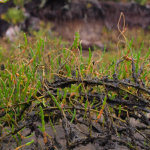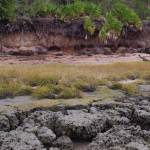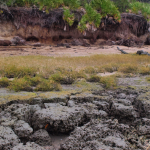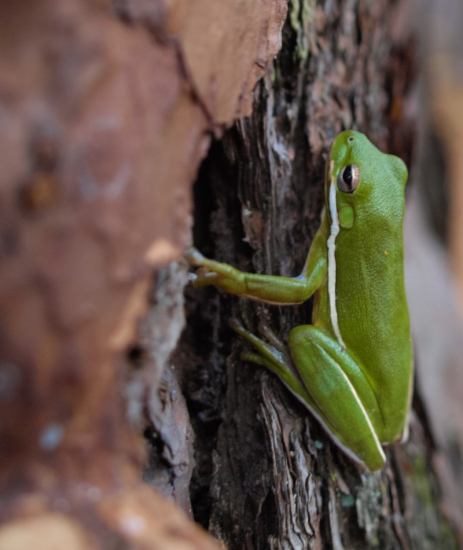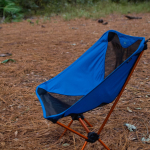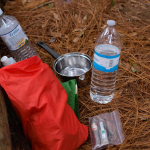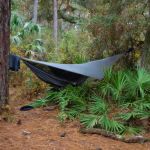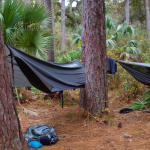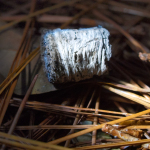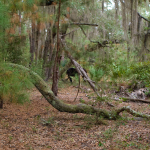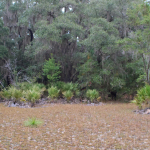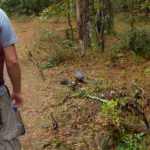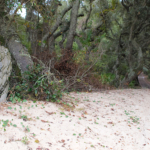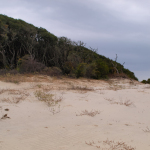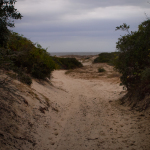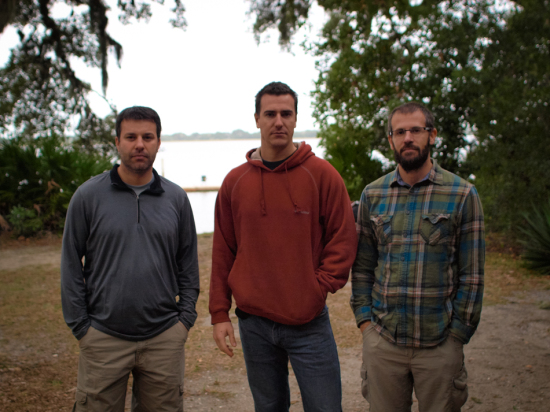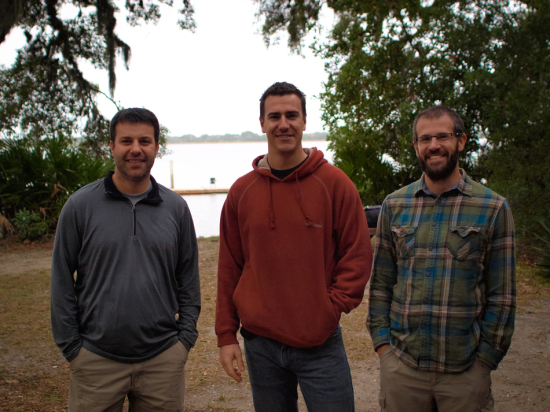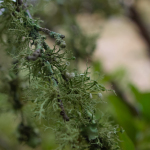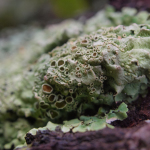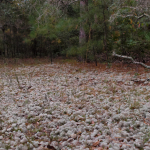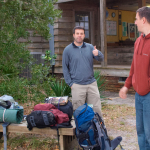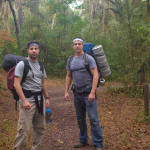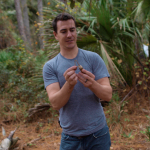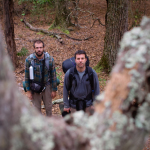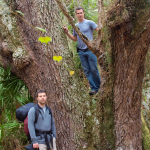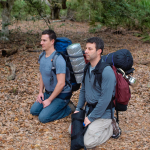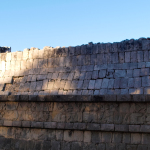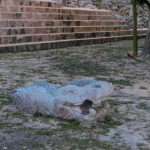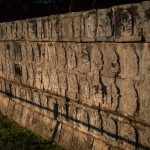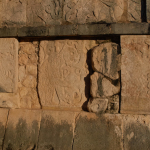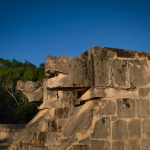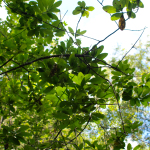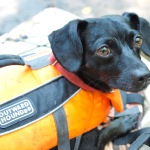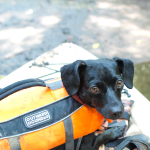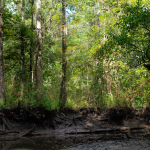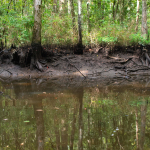A patch of glasswort Salicornia viginica covering the intertidal zone the west side of Cumberland Island National Seashore.
Images
Green treefrog
Set up at Cumberland
Despite our naiveté and a call for heavy rains, we stayed in hammocks at Cumberland. Worked out pretty well!
Some mammals at Cumberland
A few photographs of some of the mammals we saw at Cumberland Island. Knowing how ornery my father’s domesticated horses are, I did not want to approach the wild horses on the island… so you can see a couple in the background of those of those photographs.
Some dunes at Cumberland
No smiling on the Island
Lichens from Cumberland Island
From crustose to fruticose, Cumberland Island is rich with lichens, many of which seemed to be forming fruiting bodies in abundance. Some of the round, egg-like lichens that dwell on the ground’s surface covered a light gap, similar to those I photographed at the Ogeechee Canal. While not pictured, there were also red lichens covering spots of Live Oak bark.
An overnight at Cumberland Island
The weekend before Thanksgiving, Sean, John, and I visited Cumberland Island National Seashore for an overnight trip. The island is accessible via ferry and has several areas to camp, including some that are ‘primitive’ – that is, without water or a restroom.
We hiked in about 7 miles and stayed at the aptly named campsite, Yankee’s Paradise.
Chichen Itza stone carvings
Kayaking the Ogeechee
Images from a small tributary I kayaked through on the Ogeechee River. Living in Savannah, I have typically set out in salt water, and it was a different experience in a freshwater system: new plants, clear, tannin-rich water, but still very muddy.
The point I set out from is still tidally influenced, but I don’t believe the salinity of the water is high, considering the volume of freshwater flowing seaward. When I started, the tide was near its lowest point, and you can see the line of mud up the stems in two of the photographs. As I left, the tide was rushing in-land briskly, so it took over 1.5 times as long to get back to the dock than it did to kayak to the farthest point. In fact, when I finally did make it back, the tide was near its highest point; the water lapped at lawn grass of a riverside home.

